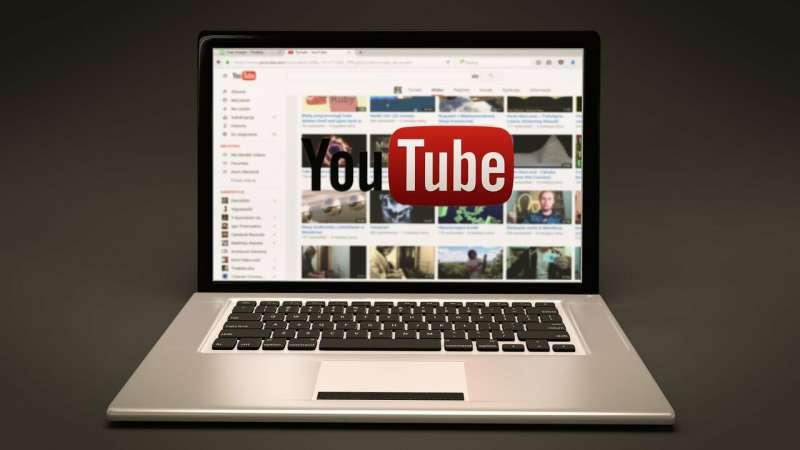Credit: CC0 Public Domain
An analysis in BJUI Compass found that the top 50 videos populated for the search term "prostate cancer screening" on both YouTube and TikTok do not provide quality consumer health information. There also was a lack of diversity: Black and Hispanic men were underrepresented on both platforms, and high-risk racial groups were not discussed in most videos.
TikTok and YouTube videos were viewed 5,437.5 and 19.3 times per month, respectively. Black and Hispanic representation was present in only 10% and 6% of YouTube videos, and 20% and 12% of TikTok videos, respectively. High-risk racial/ethnic groups were explicitly discussed in 46% of YouTube videos and 8% of TikTok videos, reflecting a lack of proper counseling for these particular high-risk groups.
Based on national screening guidelines, 98% of YouTube videos and 100% of TikTok videos had only low to moderate quality consumer health information, and 88% of YouTube videos and 100% of TikTok videos had moderate to high levels of misinformation.
"Social media is used by the majority of individuals worldwide, and its content and reach continue to expand. Although there are certainly some useful health-related resources on social media, viewers should interpret videos that provide medical advice with caution, as many do not contain reliable or high quality information that has been validated," said corresponding author Kara Watts, MD, of the Albert Einstein College of Medicine.
More information: Max Abramson et al, Accuracy of prostate cancer screening recommendations for high‐risk populations on YouTube and TikTok, BJUI Compass (2022). DOI: 10.1002/bco2.200
Provided by Wiley
























